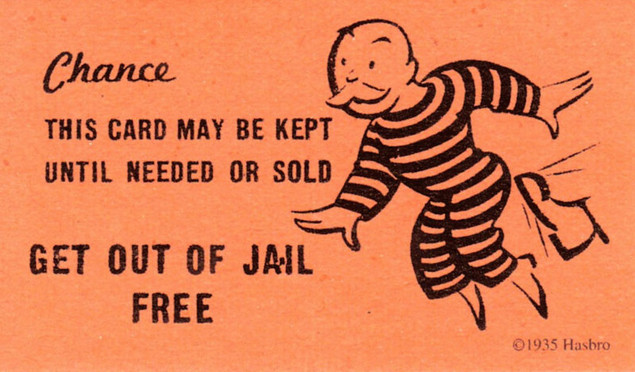Yesterday Matt Cutts announced the release of Google’s new link disavow tool at PubCon 2012 out in Las Vegas.

The announcement was greeted with happiness, but it really doesn’t change too much of the equation. This tool is for site owners to use as a last resort when they are unable to remove spammy links any other way.
Virante’s recommendation is to follow Google’s advice to the letter.
Lisa Barone was live blogging Matt’s session:
Before Matt shared the URL for the tool, he had a few words of warning for everyone in the room.
Ready?
Do not use this tool unless you know what you are doing and you are sure that you need it. Do not be the guy (or gal) who accidentally disavows every link going to your website. If you are that guy, you should not use this tool.
Matt stressed the importance of still trying to remove all the links from the Web manually that you can before you use this tool. Other search engines are also looking at your link profile – so are competitors – you don’t want them to think you like spammy links either.
Google again stresses the need for link removal in their Google Webmaster Central blog post about the new tool:
…we recommend that you remove from the web as many spammy or low-quality links to your site as possible. This is the best approach because it addresses the problem at the root. By removing the bad links directly, you’re helping to prevent Google (and other search engines) from taking action again in the future. You’re also helping to protect your site’s image, since people will no longer find spammy links pointing to your site on the web and jump to conclusions about your website or business.
If you’ve done as much as you can to remove the problematic links, and there are still some links you just can’t seem to get down, that’s a good time to visit our new Disavow links page.
You can also visit the Google Webmaster Channel on YouTube to see Matt explain the new link disavow tool:
So here’s the main message – the new tool is a last resort for intransigent site owners that will not respond to your link removal requests. Google will still expect you to do the hard work of link removal. When Matt was at SMX Advanced he said, “We want to see an earnest effort to remove the links. When you do a reconsideration request, we’ll look at some of the links and say ‘how much progress have they made?'” That part of the equation also seems to be still in play.
What about Remove’em?
For our clients that have used or are still using Remove’em, our professional link removal tool, you’re in a great position. Link removal has 3 phases. The first round of link removal requests usually gets an immediate response from about 20-25% of the targeted sites. The second phase is the next few emails. The second round of emails usually get about 20%, and the return diminishes as you go on. So after 3 or 4 rounds of emails you are usually in the ballpark of 50-60% of your spammy links removed. The final phase is the site owners that will never remove the link or want to be paid. This is the group that you should be targeting with the new link disavow tool.
Google must have a threshold in place for link removal before they will allow your disavowals to work as advertised. For example, you build 100 spammy microsites and buy 100 links pointing at each one. Then you get caught and penalized – you can’t just disavow all those links and start buying links again the next day and be back in the game. We believe that the reason Google pushed webmasters so hard to remove links over the past few months was to get a good idea of what percentage of links it could expect a site to be able to remove. We saw that number around 80%. So we are advising our clients that they will need to remove at least 1/2 or even better, about 2/3 of their spammy links before turning to the link disavow tool.
The Take Away
For Google and the average web user all of this is good news. There is no doubt that spammy sites will decrease as site owners start to renounce their former linking brethren. Sites that are outed to Google by a bunch of webmasters will soon fall. The fact that those same webmasters often paid that site to link to them will be washed away. Trusted sites should appear on page 1 of the search results. If you are currently on page 2 or 3 of the SERPs it may have just become even harder to overtake the sites that got ahead during the “easy” days of SEO when they proved themselves by whatever means necessary.
Would you like to learn more about this topic and be able to ask questions and learn from experts? Join our Google+ Link Removal Tips Community!








